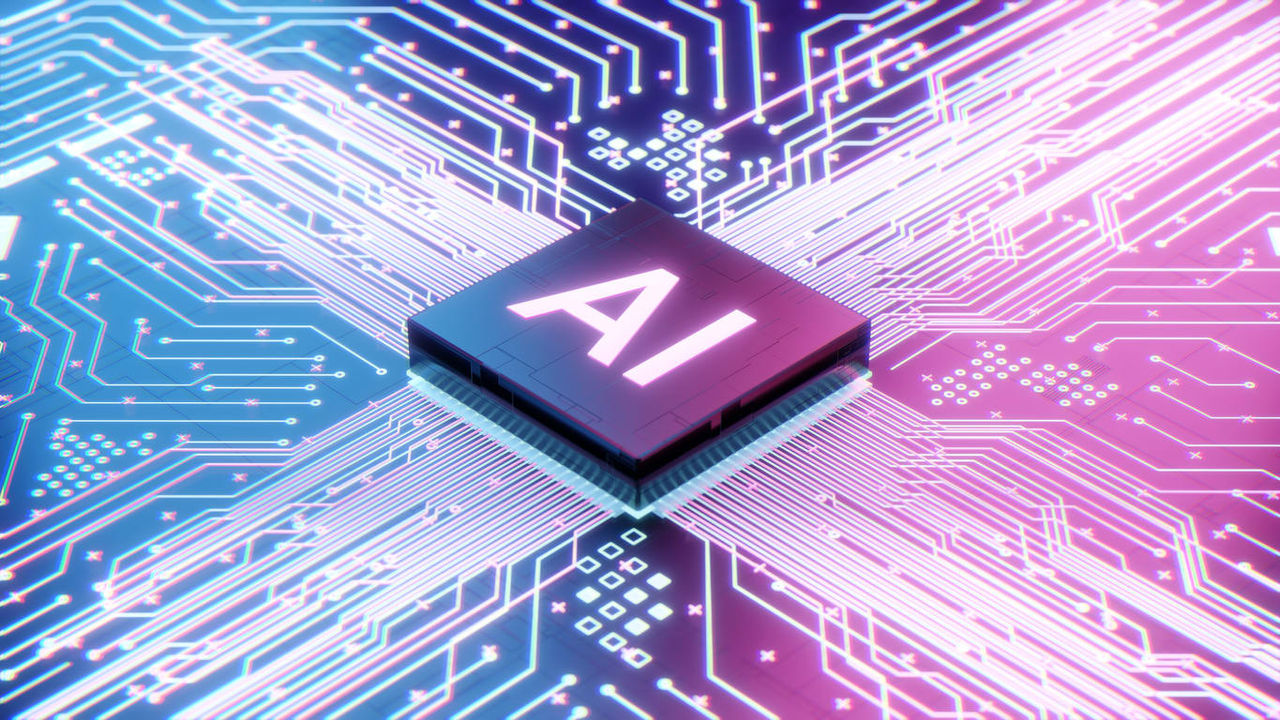8 Ways to Upskill Faculty for the Future of Higher Ed

Discussions about upskilling in higher education often focus on administrative staff, sometimes overlooking the people most responsible for delivering an institution’s core educational product: faculty members.
As technological change accelerates and impacts higher education, so does the need for faculty upskilling. A 2025 survey from the Digital Education Council found that 40% of faculty feel they’re just beginning their artificial intelligence literacy journey. Even more problematic, 80% of surveyed faculty members believe there’s a lack of clarity around how AI can be applied in teaching within their institutions.
As for students in higher education, the Chegg Global Student Survey 2025 found that 80% of nearly 12,000 students surveyed across 15 countries have used generative AI to support their studies. The clear disconnect between faculty AI adoption for teaching and student AI adoption for learning highlights the need for faculty upskilling.
Most members of the general workforce have already embraced the need to upskill. Nearly 9 in 10 global workers (86%) are willing to retrain or reskill if there’s a large-scale shift in skills needed for their jobs, according to a recent SHRM Global Worker Project Research report. To remain relevant, colleges and universities must make faculty upskilling a top priority.
The Roots of the Faculty Skills Gap
“The imperative for upskilling is by no means unique to higher education,” said Sean Gallagher, higher education consulting director at Huron Consulting Group, which helps institutions of higher education develop and implement learning and development (L&D) programs. “The need for upskilling has been accelerating in the general workforce, largely due to the changing nature of work itself.”
While faculty upskilling has traditionally tended to focus on domain-specific areas such as research and not so much on pedagogical or technological skill building, the focus needs to shift because the context within which education happens has changed significantly.
“The increasing urgency for upskilling in pedagogy has been catalyzed by two big factors – first, the growth of online or digital learning, which accelerated during the pandemic,” Gallagher said. The need to expand digital access has also dominated the general economy. The Future of Jobs Report 2025 from the World Economic Forum (WEF) found that “broadening digital access” was the top macro trend driving business transformation across the global economy
“A second catalyst driving change in higher education is the very rapid growth of AI,” Gallagher said. “We’re seeing many colleges and universities creating AI task forces and committees to better understand how AI should be deployed for teaching and learning.”
The WEF report also noted that “AI and information processing technologies” will be the top trend driving business transformation over the next five years.
The Costs of the Faculty Skills Gap
Closing the faculty skills gap is essential if institutions, faculty, and students are to successfully adapt to evolving technological and workforce needs. Upskilling serves as a mission-critical investment in long-term institutional relevance, student success, and operational agility.
What happens in the absence of faculty upskilling? The institutional mission of providing an educational experience that’s relevant for each student’s future gets diminished.
Growing gaps in student engagement, persistence, and outcomes are likely to emerge, not to mention damage to institutional reputation.
“If an institution starts graduating students who don’t meet expectations in the workplace, that’s going to have brand-diminishing effects, which will also impact enrollment and revenues,” said Gary Eimerman, chief learning officer at Multiverse, an education technology firm.
Closing the Faculty Skills Gap
What specific skills do faculty need to develop in order to remain “future-ready”? And what actions should institutions be taking to upskill faculty in areas such as AI, virtual learning, and enhancing collaboration across disciplines? Here are some ideas:
1. Conduct a needs assessment of faculty, with faculty input.
“This should be an assessment of your faculty readiness, skill sets, and the existing L&D opportunities and services your institution currently provides,” Gallagher said. “You should also consider benchmarking your findings against other institutions so you can drive improvement.”
2. Define what L&D resources should be developed in-house and for what areas to bring in outside help.
In the past, L&D programs were organized on campus for a limited set of people, maybe tenured full-time faculty.
“Today, institutions have more of a distributed workforce and not every university needs to create its own learning and development content,” Gallagher said. “There are appropriate resources, courses, and providers that could be brought in from outside.”
3. Train faculty to develop and deploy AI agents.
“Faculty members should be enabled to train their own AI agents, based upon all the curriculum they’ve built, all the lectures they’ve given, all the publications they’ve written,” Eimerman said, “so that any student can ask them questions and get answers 24/7.”
These agents can also enrich face-to-face interactions between faculty and students. “When students interact with faculty, the agent provides a quick summary, explains what the student might be struggling with, what other courses the student is taking, and other relevant information,” Eimerman said.
4. Blend structured L&D with customization.
“Faculty learning and development plans should be differentiated for each school and the different departments within them, depending on evolving needs,” said Collin M. Stultz, a cardiologist and Professor at MIT. The institutional resources provided should balance structure with the ability to customize L&D based on individual needs.
5. Invest in peer-led communities to share best practices.
“It’s important for institutions to recognize that faculty tend to appreciate autonomy and peer relationships,” Gallagher said. “There’s a strong culture of peer collaboration. Contrast that with a corporate setting, where you might have more of a mandated, centralized, and top-down approach to upskilling.”
6. Ensure that faculty are learning how to collaborate and converse across domains.
Stultz said he worries that “if students remain entrenched in their domains, they’re not going to get a job” because the majority of today’s top jobs are working at intersections where expertise from different domains is necessary. Institutions and faculty, he said, “can maximize the impact of their work by enabling students to work at these intersections.”
7. Hire faculty who believe in lifelong learning and collaboration across disciplines.
“The latest generation of faculty I’ve seen works very comfortably across domains,” Stultz said. “So, there’s going to be an organic way in which collaborating across disciplines happens over time, but the question becomes: How can institutions catalyze more of that?”
8. Embed upskilling into promotion, tenure decisions, and evaluations of faculty.
“The age-old system of tenure has a reputation for stasis once tenure has been achieved,” Gallagher said. “It’s important for institutions to appropriately incentivize and support continuous faculty learning as faculty advance in their careers.”
Preparing for a Future That’s Here
When it comes to faculty upskilling, Eimerman offered a stark choice: “As an institution of higher education, do you want to go on a slow death spiral or on an innovation curve?”
As technological and workforce change continues to accelerate and transform what faculty teaches and how they teach it, faculty upskilling has become a cornerstone of institutional resilience and relevance.
“Students are already using these new technologies and AI tools,” Gallagher said. “If faculty aren’t equipped to evolve alongside them, the disconnect will widen — undermining student outcomes, institutional reputation, and workforce readiness. For colleges and universities, the cost of inaction is simply too high.”
Chuck Leddy is a Boston-based freelance writer who focuses on the impact of emerging technologies on the future of work, the modern workplace, and employee engagement. He's also written about and for institutions of higher education, including Harvard, MIT, and Boston University. A graduate of Boston College Law School, he formerly worked as a legal aid attorney representing indigent clients.
The SHRM CP/SCP Certification is the gold standard for HR practitioners. The skills & knowledge learned during certification preparation are considered the most essential for an impactful and strategic HR professional.



